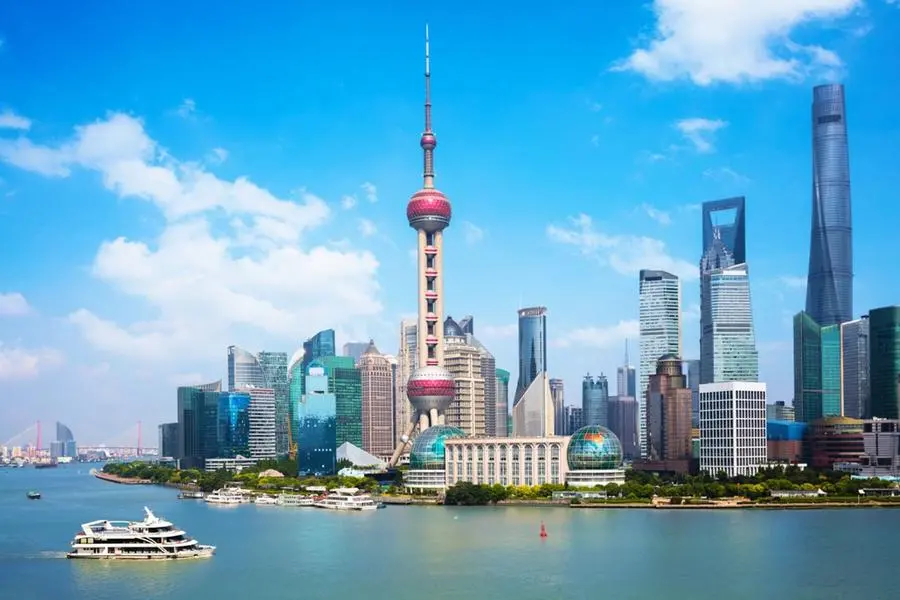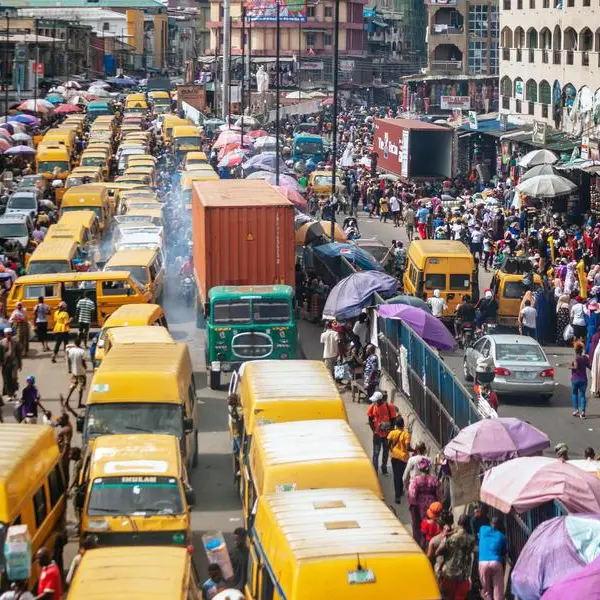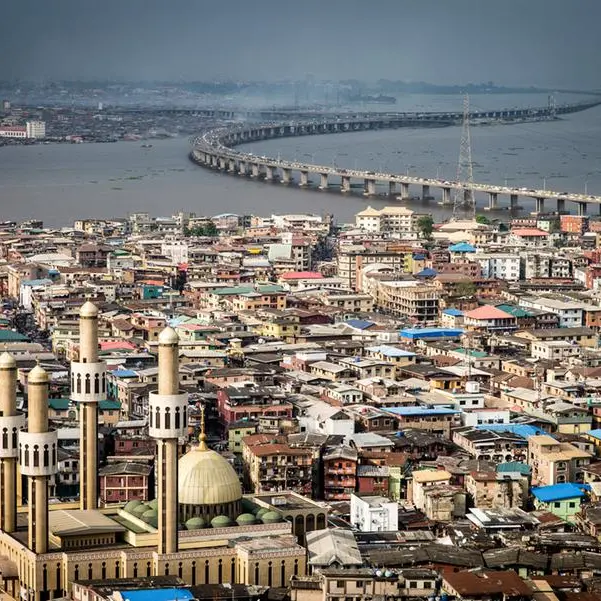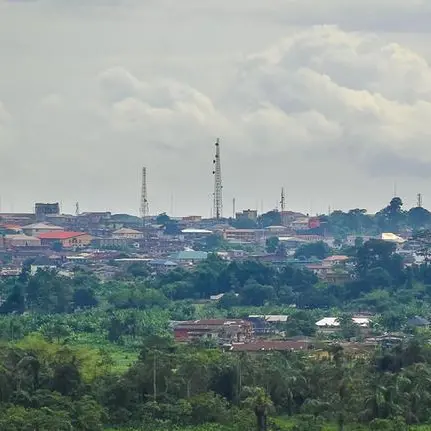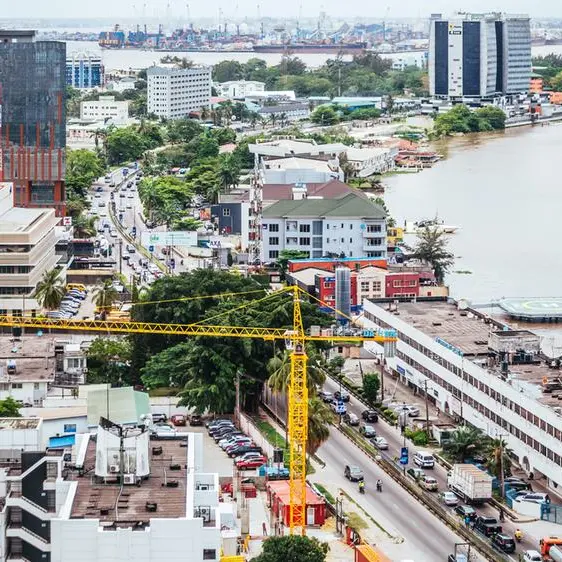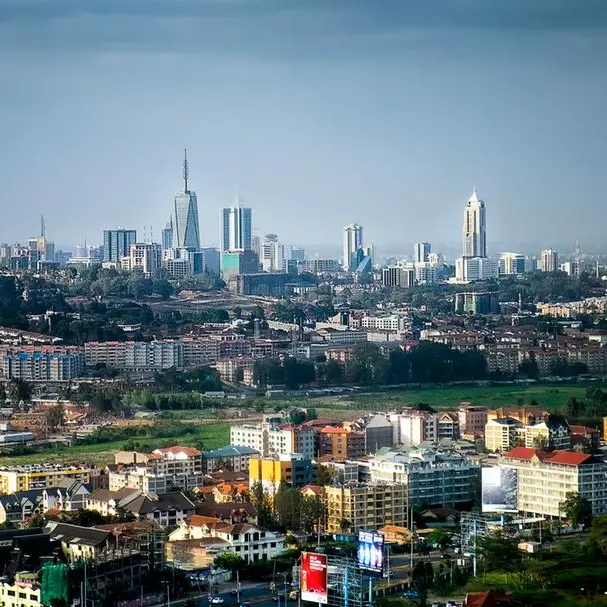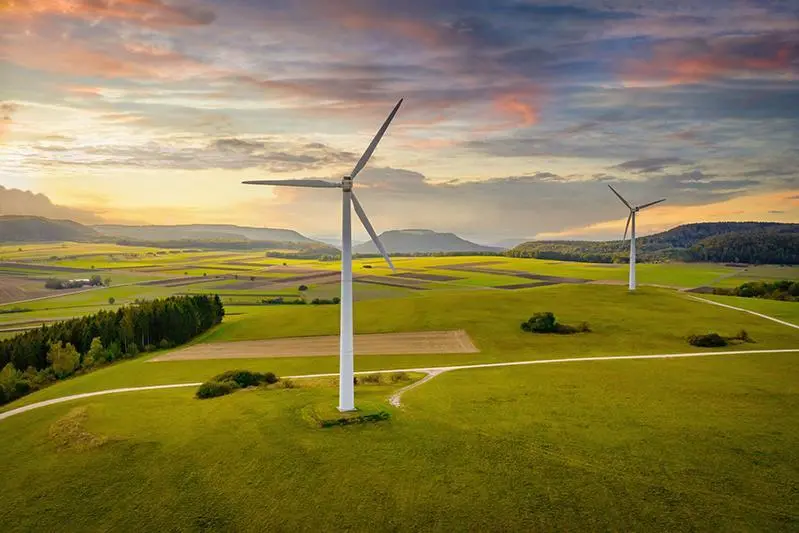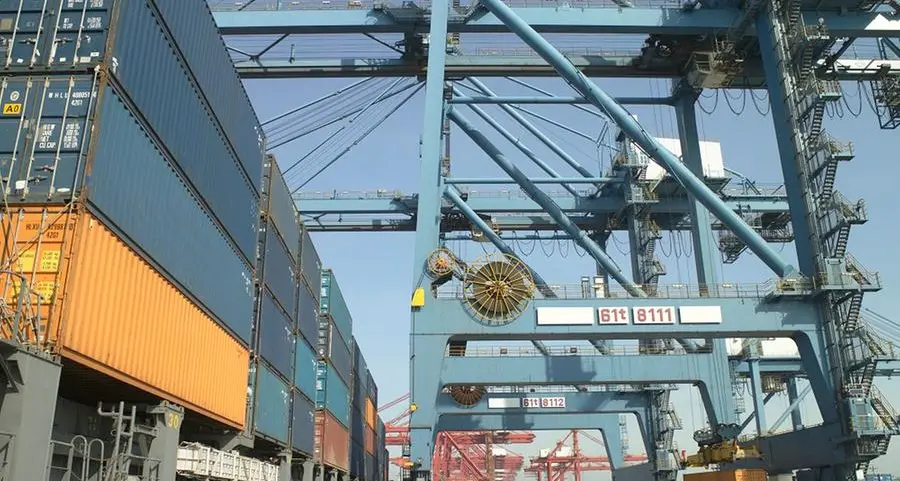PHOTO
China’s announcement that it will eliminate tariffs on imports from all African nations with which it has diplomatic relations could mark a pivotal shift in trade trends. For the East African Community plus Ethiopia countries, as for the rest of the continent, this development offers unhindered, duty-free access to China’s vast consumer market.
In contrast, many Western nations, most notably the United States, continue to tighten visa requirements and erect trade barriers.
In 2023 alone, Kenya exported $199 million worth of goods to China, with a focus on tea, hides and fish. Uganda and Tanzania posted comparable export volumes, consisting of coffee, leather, cashew nuts, fish and sisal. Rwanda’s exports included premium coffee, honey, greywater, chilli oil, and artisan craft.
Meanwhile, Congo achieved a huge $14.3 billion in exports of copper and cobalt to China—a figure boosted by a 78 percent rise in refined copper shipments in early 2024. The same year, Chinese mining company CMOC reported $7.05 billion in combined exports of Congolese copper and cobalt, comprised of $5.82 billion in copper and $1.22 billion in cobalt.
In a similar vein, in 2023, Angola exported $18.4 billion of crude oil to China; nearly 46 percent of its total export volume. However, as in the case of DRC, the lack of domestic refining capacity limited Angola’s ability to retain value-added benefits from its natural resource wealth.
With China’s new zero tariff bonanza, East African exporters can make more data-informed strategic moves. In Kenya, the Kenya Tea Development Agency already accesses premium tea markets in China, including niche segments such as purple tea. Removal of import duties opens opportunities for Kenyan fish exporters previously constrained by tariff barriers.
In Ethiopia, the Oromia Coffee Farmers Cooperative Union supplies branded coffee directly to Chinese supermarket outlets. Infrastructure investments—particularly Chinese-built railways and industrial parks—support an efficient export corridor for coffee beans and other processed agricultural goods.
Uganda has seen leather producers such as the Kampala Leather Industries of Uganda gain tariff-free entry to China’s footwear and furniture sectors. The change enables some Ugandan enterprises to process hides locally and export higher-value leather products.
Rwanda’s agricultural and craft exporters, including cooperatives like Rwashoscco, sell premium coffee, chilli sauces, honey and artisanal goods on platforms such as Alibaba. While export volumes remain small, unit profits per item are high.
Tanzania has seen processors like Cashewco in Mtwara increase their margins by roasting and packaging cashews. This shift from raw nut exports could triple returns if scaled.
Angola’s experience offers a stark contrast: While crude oil exports to China produced large export volumes, the lack of domestic refining sharply limited capital retention and economic diversification.
All this tells only half the story. Nothing flips the narrative like education exchange. In 2003, conservative data showed fewer than 2,000 Africans studying in China.
By 2018, this number surpassed 80,000, and today it stands near 100,000, more than twice the number in the United States, which is locking more out with new visa suspensions and bans. Even the European Union’s rejection rate for Schengen visa applications from Africans has risen to as high as 61.3 per cent for some countries.
Meanwhile, more than 12,000 African students receive Chinese scholarships each year, with East Africans heavily represented in this cohort. Their studies focus primarily on applied disciplines—civil engineering, logistics, agricultural technology, and infrastructure planning—and less so liberal arts.
Secondly, educational linkages create a cohort of East African professionals schooled in the technical and managerial skills aligned with China’s Belt and Road infrastructure and industrial model.
There are, however, measurable risks. China’s economic slowdown in 2022 led to tangible reductions in import volumes of raw materials and agricultural products. African exporters, particularly those dependent on basic commodities like tea, coffee, hides, copper, and cobalt, experienced decreased demand and lower prices.
Angola’s 2023 data reinforces this lesson: $18.4 billion in crude oil exports to China did not translate into downstream industrial activity or value-added domestic economic growth.
Looking ahead, projections suggest that East African exports to China could rival or outpace those destined for Western markets by 2035.
Nairobi-based start-ups may increasingly pitch to investors in Hangzhou. Ethiopian roasters could supply storefronts in Beijing. Kampala’s leather producers might brand goods “Made in Uganda–China.” DR Congo could continue increasing its output of refined copper and cobalt.
One working example of what is possible is the Ethiopian coffee sector’s digital leap. In January 2022, three Ethiopian brands—Wild, Arada and Hedero—launched on Alibaba’s Tmall Global via the UN-backed Electronic World Trade Platform (eWTP). They sold 11,200 bags in just one second. At the June 2024 China International Import Expo, the brand Gera sold 17,000 boxes in one evening, and total online sales of Ethiopian coffee surged 300 percent during the week-long event.
Zero tariffs are the doorway. Ethiopia has shown what happens when you walk through quickly. Now East Africa must decide: Follow that path, or risk letting this opportunity pass by.
© Copyright 2022 Nation Media Group. All Rights Reserved. Provided by SyndiGate Media Inc. (Syndigate.info).
